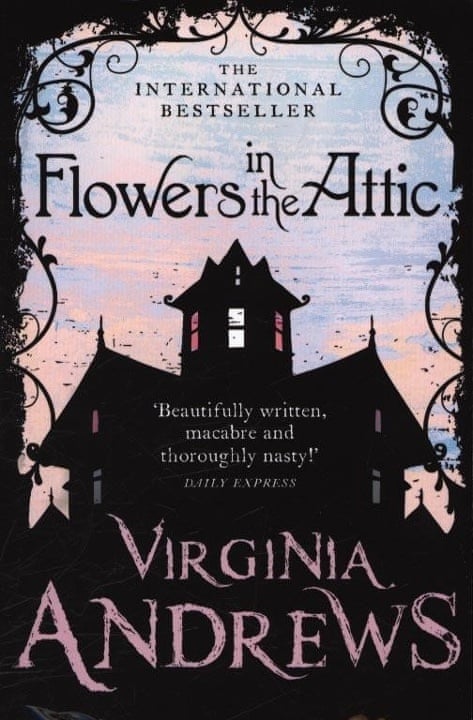October is the month for horror. It’s not a genre I read that often but it feels most appropriate when the nights begin to draw in. I also find it faintly nostalgic hearkening back to my teenage years and the novels of James Herbert, Stephen King, Ira Levin and even Dennis Wheatley, authors I associate with autumn nights, oh, and there is some festival or other at the end of the month too.
Set in London in 1973 Richard Gadz’s novel brought back memories of those golden days of the horror novel and it impressed me far more than I was expecting it to. My issue with horror as a genre is this. In both fiction and films I really enjoy the build-up but when the actual horror elements kick in I tend to lose interest. Here, the build-up is handled beautifully.
We don’t know why Tom Markham is on the run, which leads him to lodgings in Burn Street, West London under a false name but he does give us enough clues to suggest it’s linked both to his present and a bungled crime and his past where he came face to face with some horrific entity which may just be creeping back into his life.
It’s written as a first-person narrative account in a style which feels reminiscent of James Hadley Chase or Hammond Innes (both name-checked in the text) even though I can’t exactly recall now what the style of these authors was- I’m envisaging a kind of edgy British take on the Classic Age of US “hard-boiled” detective fiction, say Raymond Chandler and Dashiel Hammet. Writing about this period from a modern perspective the author is able to use humour well in much the same way the BBC TV series “Life On Mars” looked back at the 70s. When Markham rubs up against the London gangster underworld I could appreciate how well this could also work as a crime novel.
But the horror is simmering, through the introduction of a love interest for Markham, through the gradual revelation of back-stories, through the endearing comic character of Mrs Philpot, the landlady and through the scholarly approach to the supernatural adopted by one of the other tenants.
When it does come, I didn’t lose the interest I had anticipated I might because things had been set up well and even though towards the end I wasn’t totally sure what was going on there were enough chase scenes, revelations from the past and dark humour to keep me going. It seems that larger things are at stake than Thomas Markham’s sanity as the novel lurches towards the apocalyptic.
The only thing I found slightly questionable was the interweaving of quotations and references from “King Lear” throughout the narrative, on the pretext that it was an important work for Markham but which seems a little clunky although it does give a little literary gravitas to the proceedings so I’ll let the author off on this occasion.
It’s a work which has many elements to please horror fans, making it a more rounded-work than the one-note novels I’ve read in this genre which end up just frustrating. There’s a vitality here which I found intoxicating and especially in the first half a genuine creepiness which felt authentic and very much of its time and location.
The Burn Street Haunting is published by Deixis Press on 31st October 2023. Many thanks to the publishers for the advance review copy.















